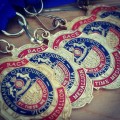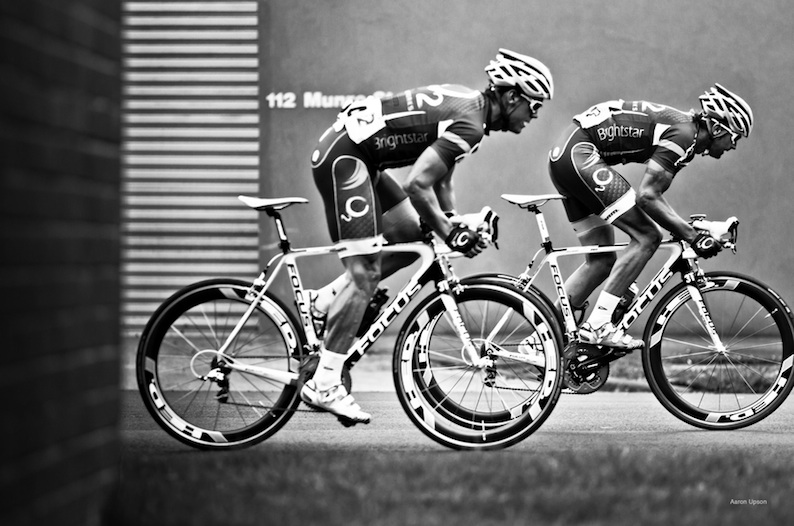I’m amazed to see that the system for grading races in Australia consists of, well nothing. For open races a handicapper will assign riders into categories presumably based on some sort of database with previous results. No point or placing system - just the handicapper roughly knowing your name and recent results that you’re requested to submit during race entry.
I asked our state federation Cyclosport Victoria this question a while back:
I’m wondering if you could write a quick 300-500 words (or more if you like) for my blog that describes how you go about handicapping races and all the different variables you take into consideration to make it a fair race. Everyone always has their theories about how it’s done, but I think it would make a great piece of info to understand the process and to give people an appreciation on what needs to be considered.
The answer I received was an enclosed document that explains the difference between the types of road races (i.e. handicaps, crits, time trials, scratch races, etc). Not very helpful. I asked again just to clarify what I was looking for with no avail. I’ve searched Cycling Australia’s website and have found nothing on the topic.
From what I’ve seen, anyone can ride nearly any grade they request if it falls within their license category (masters, elite, etc). I know A grade riders who have never placed in a B or C grade race. I know Masters who have won A grade Open races. It’s a complete hodgepodge of abilities all over the shop.
It’s a badge of honor for a rider to claim that they race A grade. However, many riders in A grade don’t have the sufficient experience to be at the top level of racing in Australia. Note: the reason I’m referring to A grade in this post is because I’m not familiar with how things are going in B, C and D grade. I’m certain the same problem exists throughout all grades - probably more in terms of sandbagging though.
Let me explain how North American categories work.
In North America there is a category system whereby riders need points to make it to the next level. The number of points required for an upgrade depends on the category you’re racing in. An explanation of the USA Cycling race category system can be found here.
What this does is ensures that the riders are progressing through the categories and getting enough race experience to be mixing it up with the next grade as (well as not sandbagging). I want to emphasize the words race experience. Strength can be acquired in short time. To gain the necessary experience, you need to race, lots.
I remember racing in category 3. Cat 3 is very competitive. There is a log jam of talent trying to make their way into cat 2. This makes for extremely competitive racing. Being a Cat 3 doesn’t carry any connotations of being a newbie. It’s solid racing with solid riders. It would be the equivalent of racing club A grade races here in Australia.
When Cat 3 riders accumulate enough points to upgrade, they’re ready for Cat 2 and have the experience to do more than just sit in and hold on. They’re ready.
If Australia came up with an upgrade system and I needed to go back to C grade then so be it. As long as the level of racing was competitive for my ability. I see many people advising others to challenge themselves by racing up a grade. If the grades were evenly combined then they should be sufficiently competitive in the first place.
This grading system needs to be cascaded from Cycling Australia all the way to the club level races. Yes, a database of all races and results would need to be kept. Belgium has a great system where they just scan a barcode on your license when you enter. Each rider’s category should be noted on their license until enough points are earned to upgrade. This will spread out better field depths among all grades, it will ensure a proper progression and development of riders, and it will make the racing a whole lot better for everyone.












